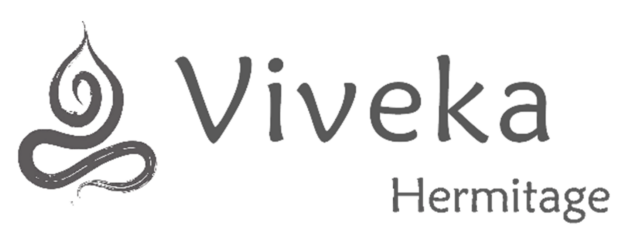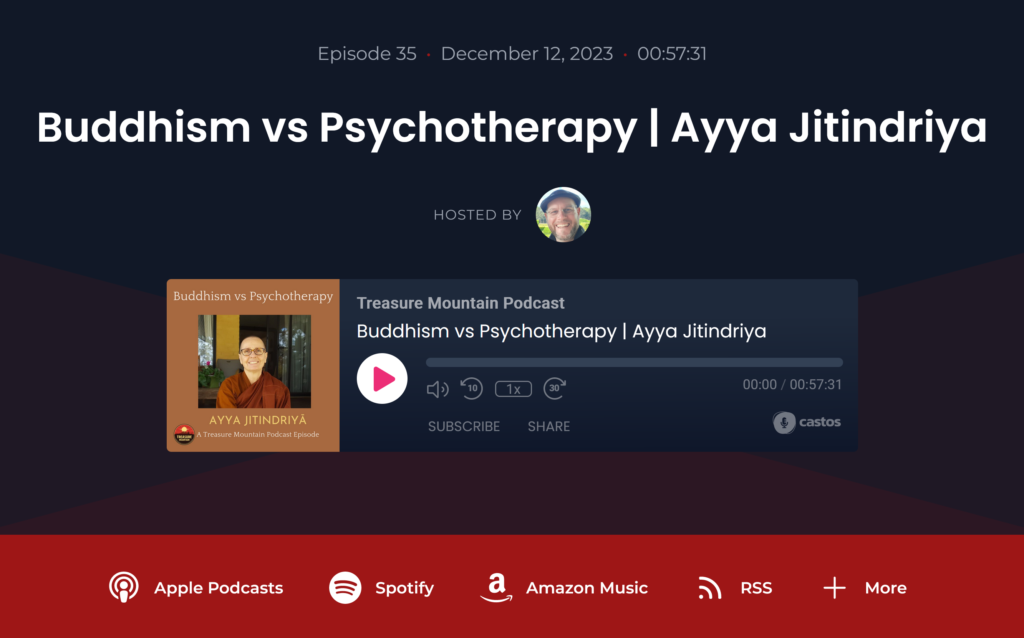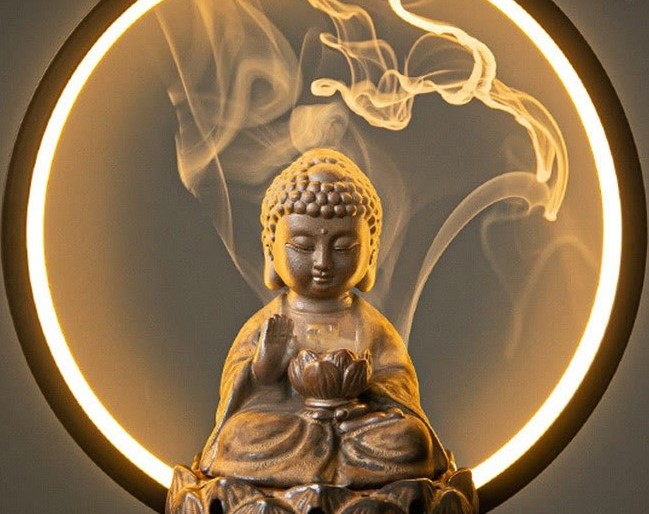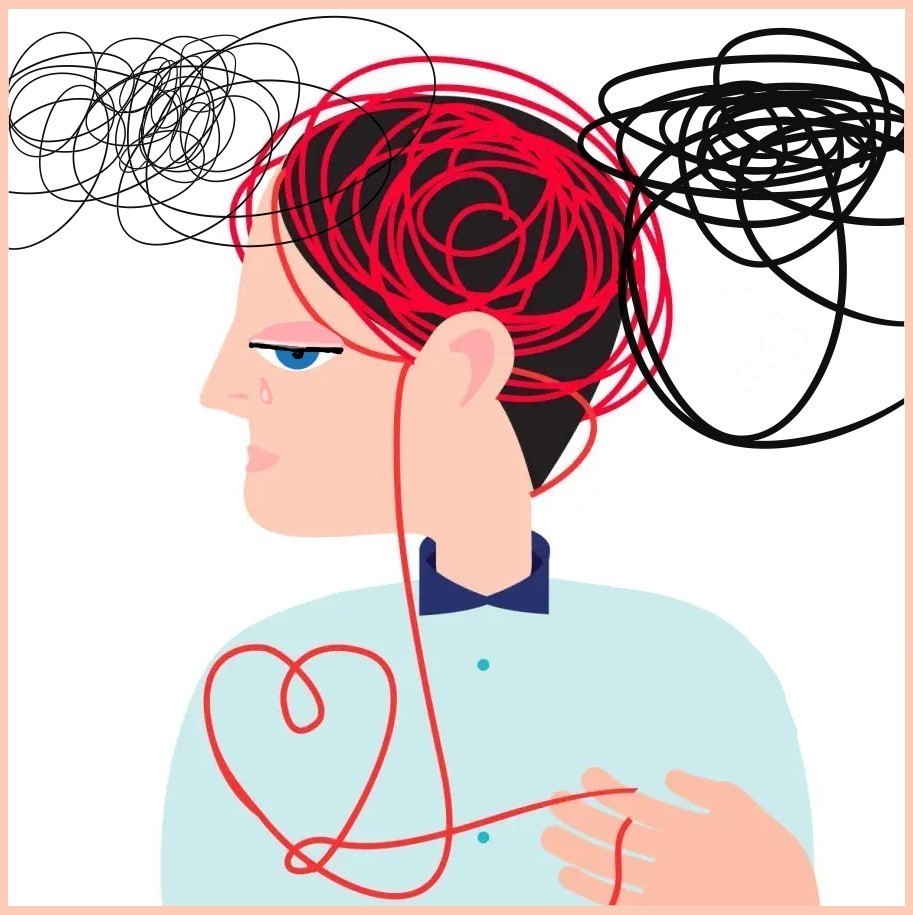Happy New Year to you all!
On the 11th of February this year, we offered a one-day online retreat live on YouTube. It has been archived so those of you who couldn’t join live can participate whenever it’s convenient for you. Everything you need to know is below. Enjoy!
Cultivating Mindfulness & Wisdom
A One-Day Online Retreat with Samaneri Jayasāra and Ayya Jitindriyā
On YouTube – https://www.youtube.com/@SamaneriJayasara
The cultivation of mindfulness, full awareness and wisdom are central to the path of awakening as taught by the Buddha. In this online day retreat, Samaneri Jayasāra and Ayya Jitindriyā offer teachings and guided meditations based on mindfulness practice, supporting the development of calm and insight, and integrating it into our daily lives.
We encourage participants doing the whole retreat in a day to practice observing noble silence for the duration if possible, as this really helps deepen the practice. There are periods of Q&A (recorded from the ‘live’ sessions) both in the late morning and afternoon sessions . The whole retreat (in 4 video sessions) is archived on Samaneri Jayasara’s YouTube channel for you to engage in whenever it suits you.
See the retreat schedule below, and the links to the Retreat playlist on YouTube.
YouTube Retreat link here
Download Flyer and Retreat Schedule here
………………………………………………………………………….
Retreat Schedule
Session 1:
8:30am: Introduction, Dhamma reflection & guided meditation
9:45am: Walking meditation (30mins)
10:15am: Tea Break
Session 2:
10:45am: Guided meditation + Q&A
12:00pm: LUNCH BREAK
Session 3:
1:30pm: Dhamma reflection & guided meditation
2:30pm: Walking meditation (30mins)
3:00pm: Tea Break
Session 4:
3:30pm: Guided meditation + Q&A
4:45pm: Closing dedications and end of Live retreat
NB: For those who wish to continue the retreat practice into the evening to make a full day, we’ve provided links below for two guided meditations with Dhamma reflections. The first is from Ajahn Chah, and the second from Ajahn Dune, two great Masters from the Thai Forest Tradition. These talks are read by Samaneri Jayasāra and have been especially selected for the final sessions of this retreat. Listen to one or both, as you like.
Link to: ‘Developing Samadhi’ – by Ajahn Chah (62 mins)
Link to: ‘The Method of Developing Bhavana’ – by Ajahn Dune (44mins)
~ May all beings be well ~







